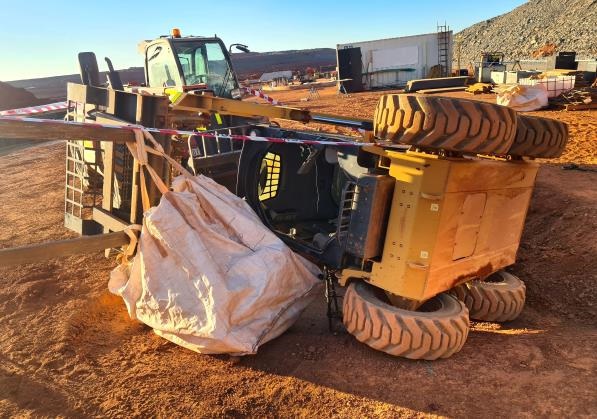Background
Competent spotters are a well established control for reducing the risk of inadvertent impact by operators of mobile load carrying equipment. Spotters are required to have the necessary combination of skills, knowledge and experience (i.e. competency) to:
- recognise the hazards
- apply the appropriate actions in a given situation and set of circumstances.
Operators of mobile load carrying equipment always have one or more blind spots where they cannot exercise judgement to avoid impact. Spotters assist operators of cranes, elevating work platforms (EWPs) and other mobile load carrying equipment to not only avoid damaging equipment or plant, but also the potentially more devastating effects of:
- workers falling from heights
- objects falling from heights
- exposure of workers to the contents of pipes and tanks.
Over 130 incidents a year from more than 80 mine sites has highlighted that the competency requirements for a spotter are not well understood.

Summary of hazard
Spotters not verified and assessed as competent for the specific equipment expose workers to:
- stored energy sources that may be present in a workplace including electrical, mechanical, radiation, heat and chemicals
- fall from heights
- falling objects and collapsing structures
- uncontrolled movement of equipment and plant and the resulting crushing injuries.
Contributory factors
- Tasks which are not adequately planned or resourced.
- Tasks where the relevant exclusion zones have not been calculated and marked.
- Tasks where the exclusion zones and risk points have not been clearly communicated and delineated for all parties to the lift.
- The failure to provide an appropriate number of competent spotters to constantly monitor hazards, such as impact points, power lines, etc.

